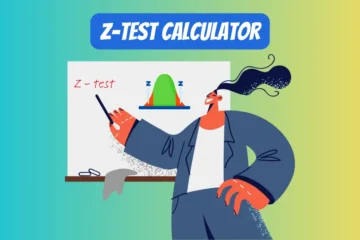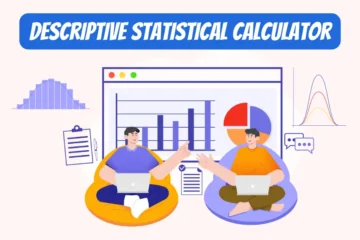Table of Contents
How to use this Series and Parallel Resistor Calculator tool
- Select Circuit Type: Start by choosing the type of circuit for which you want to calculate the total resistance. You have two options: “Series” and “Parallel”. Use the drop-down menu to make your selection.
- Enter Resistor Values: In the input field labeled “Enter Resistor Values (comma separated):”, type in the resistance values of all the resistors in your circuit. Ensure you separate each value with a comma. For example, if your circuit has resistors with values of 100 Ohms, 200 Ohms, and 300 Ohms, you would enter 100, 200, 300.
- Calculate Total Resistance: Once you’ve input all resistor values and selected the circuit type, click the “Ω Calculate” button. The calculator will compute and display the total resistance of your circuit in ohms (Ω) below the button.
- Reset Inputs: If you wish to perform another calculation or correct your inputs, press the “Reset” button. This will clear all input fields and results, allowing you to start a new calculation.
Where to Use This Calculator
- Educational Purposes:
- In classrooms or online courses focusing on electronics, physics, or electrical engineering.
- As a learning tool for students to understand the principles of series and parallel circuits.
- Professional Use:
- By electronic engineers and technicians working on circuit design and analysis.
- In research and development departments for quick calculations during prototyping.
- Hobbyists and DIY Projects:
- By hobbyists engaged in building and testing electronic projects at home.
- In maker spaces and community workshops where enthusiasts gather to work on electronic circuits.
- Online Resources:
- As an interactive tool on educational websites, blogs, or forums dedicated to electronics.
- Within instructional materials or e-books for self-learners exploring electronics fundamentals.
- Technical Workshops and Seminars:
- Utilized in workshops or seminars focusing on electronics and electrical engineering principles, allowing participants to apply theoretical knowledge through practical calculations.
- Electrical Repair and Troubleshooting:
- By technicians and repair professionals to quickly assess and troubleshoot issues in electrical appliances, circuits, and systems, helping to identify the need for resistance adjustments or replacements.
- Prototype Development:
- In the early stages of prototype development for electronic devices, enabling designers to optimize circuit resistance for energy efficiency, performance, and safety.
- Online Calculators and Tools Platforms:
- Integrated into websites or mobile apps that offer a suite of calculators and tools for various engineering and physics calculations, enhancing the utility of online educational resources.
- Product Design and Testing:
- Employed by product designers and testers in industries such as consumer electronics, automotive, and aerospace to ensure that components meet required specifications for resistance.
- Science Fairs and Competitions:
- A handy tool for students and hobbyists participating in science fairs, competitions, or hackathons, where quick and accurate resistance calculations can aid in the development of innovative projects and experiments.
- Electrical Circuit Education Apps:
- Incorporated into educational apps focused on teaching electrical circuit concepts, offering interactive learning experiences that reinforce theoretical knowledge with practical applications.
- Professional Certification Training:
- Used as a training aid for professionals preparing for certification exams in fields such as electrical engineering, electronics technology, and industrial maintenance, where understanding circuit resistance is crucial.
- Custom Electronics Manufacturing:
- In custom electronics manufacturing settings, where precise resistance calculations are essential for creating bespoke electronic components and systems tailored to specific customer requirements or innovative designs.
This series and parallel resistor calculator provides a simple yet powerful tool for anyone dealing with electrical circuits, from students just learning about electricity to professionals and hobbyists working on complex projects.
Enjoyed using this tool? Why not try our Ohm’s Law Calculator as well?









